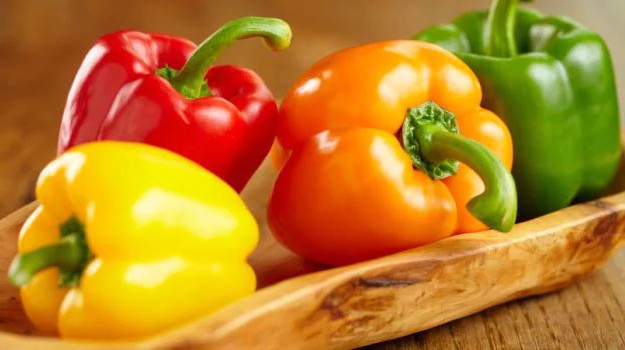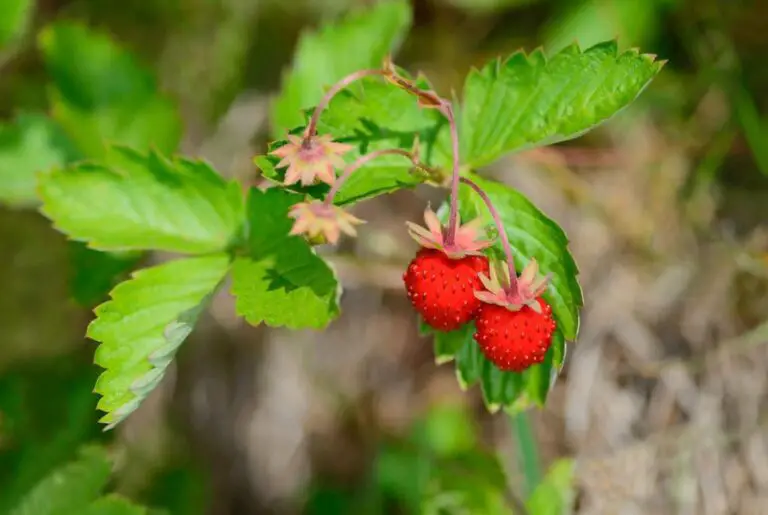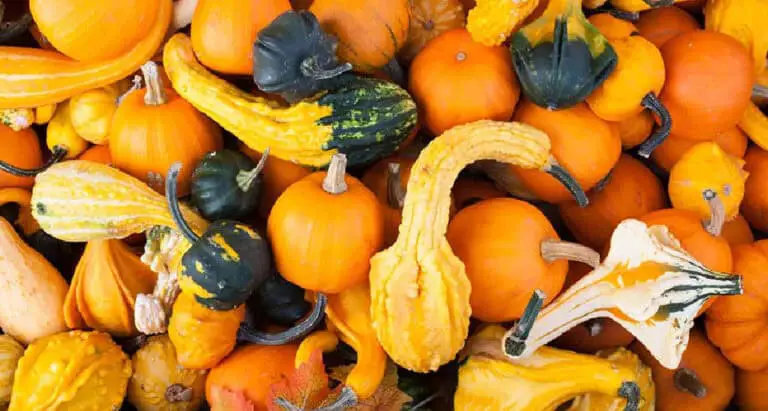Are Nectarines Self Pollinating? How to Hand-Pollinate Nectarines Plant
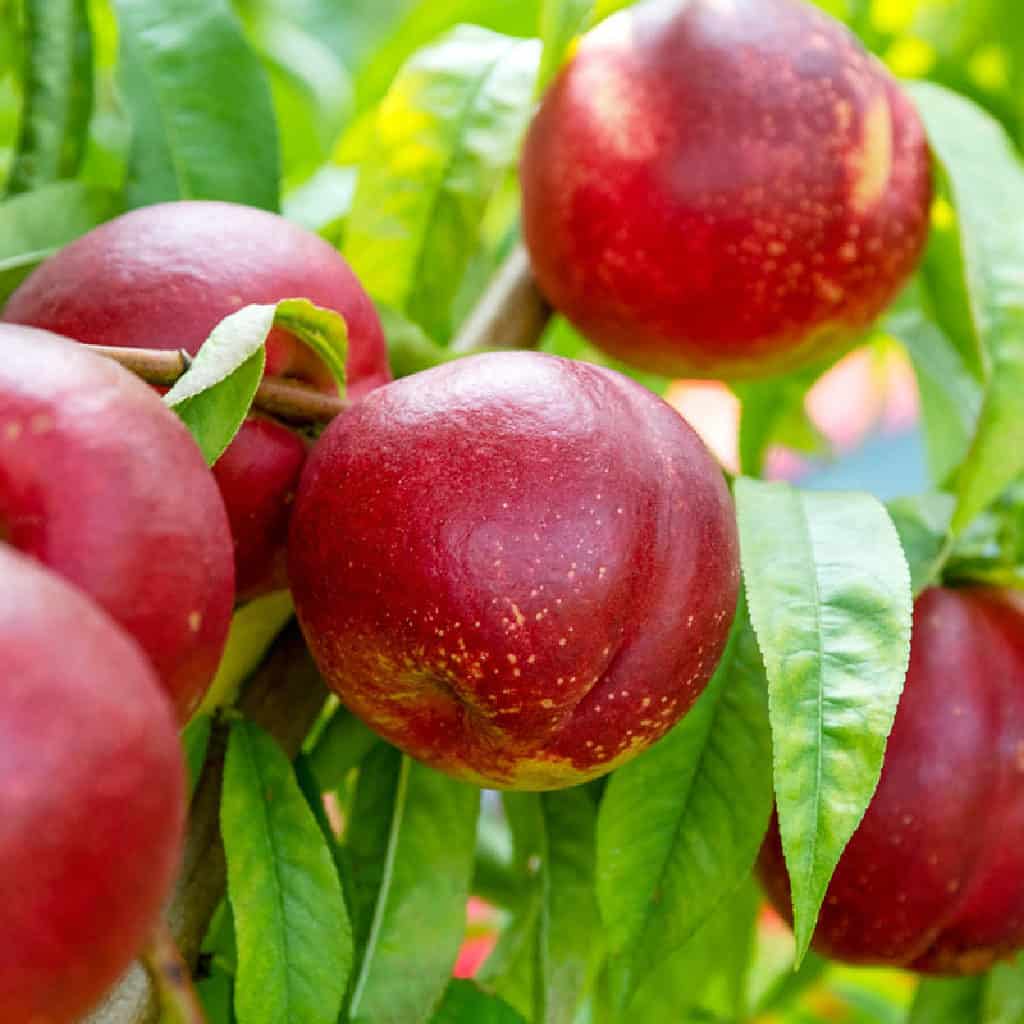
Nectarines, with their succulent flesh and sweet aroma, are a delight for any fruit enthusiast. If you want to grow nectarines in your backyard, you may wonder if they are self-pollinating.
Nectarines are self-pollinating, so they don’t need another tree or pollenizer to make fruit. Many nectarines can pollinate themselves. Their flowers attract insects seeking nectar and pollen. However, pollinating issues may still exist, even when planting a nectarine tree alone.
In this article, I will guide you through nectarines’ self-pollination nature. But wait, there’s more! We won’t just stop at understanding; we’ll roll up our sleeves and explore the hands-on technique of hand-pollination. From identifying bloom stages to the gentle transfer of pollen, we’ll unlock the secrets to a fruitful nectarine harvest.
Fellow gardeners, let’s explore nectarines together and discover the sweet promise of each blossom. Welcome to the fascinating world of nectarine pollination!
Are Nectarines Self Pollinating?
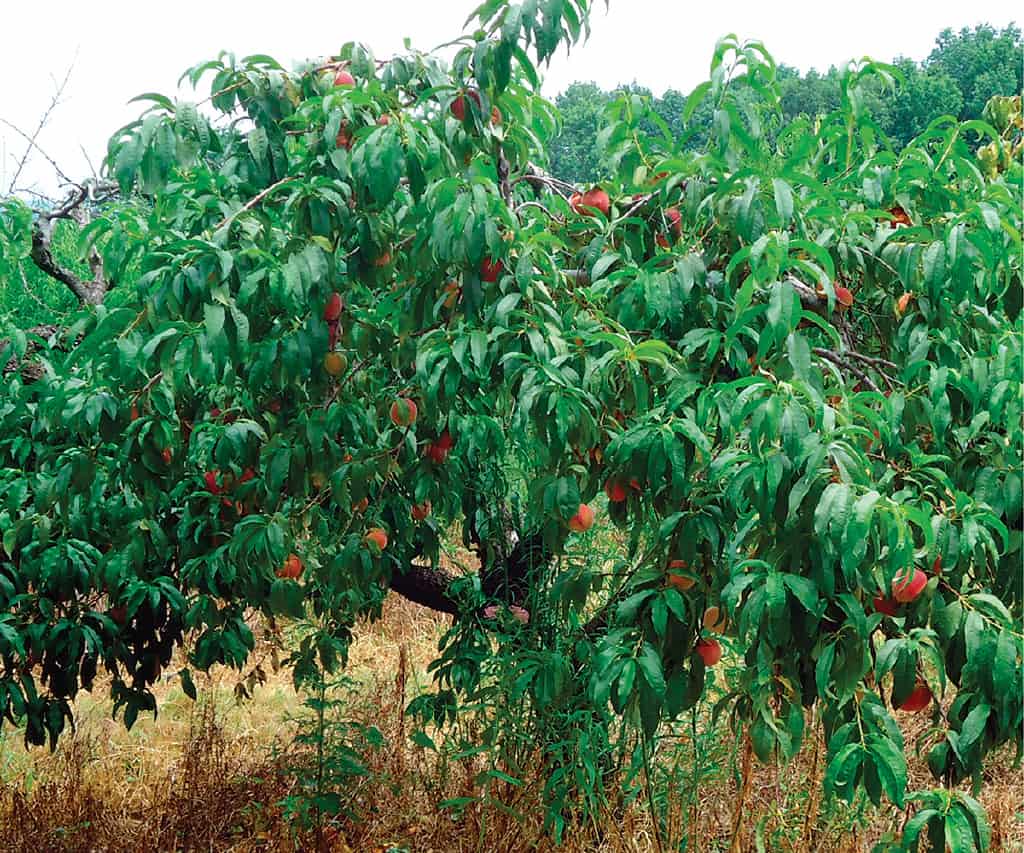
Most nectarines are self-pollinating, which means they do not need another tree or pollenizer to make fruit. Most nectarine varieties are self-fertile. Their flowers attract insects that gather nectar and pollen.
However, the simplicity of nectarine self-pollination comes with a caveat. Even though they can pollinate themselves, some things can stop the pollination process, so you get less fruit. Here’s a closer look that needs your attention:
Potential Pollination Challenges:
- Limited Cross-Pollination:
While nectarines are self-pollinating, some varieties benefit from cross-pollination. Planting another nectarine tree nearby can enhance the fruit set.
- Environmental Factors:
Bad weather, like too much rain or not enough pollinators, can make it hard for plants to pollinate, even if they can do it themselves.
- Blossom Timing:
The synchronicity of blossom timing is crucial. If flowers on the tree don’t bloom simultaneously, effective self-pollination becomes challenging.
Factors Influencing Pollination
Sometimes natural pollination for nectarines does not always happen. Several factors lead to the success of nectarine pollination:
Variety Compatibility:
Ensure you plant compatible nectarine varieties for effective cross-pollination. Consult local nurseries or agricultural extension services for recommendations tailored to your region.
Pollinator Presence:
Bees, butterflies, and insects are important for nectarine pollination to be successful. Cultivate a pollinator-friendly environment to attract these beneficial creatures.
Weather Conditions:
Good weather, like mild temperatures and low wind, helps the pollen move effectively during blooming.
Exploring Self-Pollinating Nectarine Varieties
If you are curious like me, you certainly want to learn about the self-pollinating nature of plants. In the case of nectarines, we wonder if there are certain varieties that can pollinate themselves. Let’s dive into the orchard of nectarine diversity to unravel the answer.
1. Self-Fertile Varieties:
Certain nectarine varieties proudly wear the badge of self-pollination. Notable among them are the “Sunlite,” “Harko,” and “Arctic Jay.” These varieties boast the ability to set fruit without the need for a nearby pollination partner.
2. Partial Self-Pollination Varieties:
Some nectarines can self-pollinate, while others are only partially capable of doing so. Nectarine varieties like “Independence” and “Fantasia” fall into this category. They can self-pollinate but may benefit from another nectarine nearby.
Keep in mind that cross-pollination can help nectarines produce more fruit, even when they can pollinate themselves. Planting diverse varieties in your orchard can create a harmonious symphony of pollen exchange, enhancing the overall health of your nectarine ecosystem.
Signs of Poor Pollination in Nectarines
As a smart gardener, you need to recognize the signs of poor pollination in your nectarine orchards. Below are some that you should pay attention to.
- Sparse Fruit Set: One glaring sign is a limited number of fruits. If your nectarine tree is holding back on fruit production, it’s time to investigate.
- Misshapen Fruits: Poorly pollinated blossoms often result in misshapen or undersized fruits. These visual cues can be indicative of inadequate pollen transfer.
- Premature Fruit Drop: Keep an eye on premature fruits drop. If nectarines are falling before reaching maturity, it could signal an issue with pollination success.
- Lack of Bee Activity: Bees are nature’s pollination maestros. A noticeable absence of buzzing bees around your orchard might be a red flag for insufficient pollination.
Table: Troubleshooting Poor Pollination
| Signs | Possible Causes | Remedies |
| Sparse Fruit Set | Lack of pollinators, low pollen viability | Introduce beehives and enhance habitat |
| Misshapen Fruits | Inadequate pollen transfer, low bee activity | Hand-pollination, attract more pollinators |
| Premature Fruit Drop | Poor fertilization and unfavorable weather conditions | Monitor weather and provide optimal nutrients |
| Lack of Bee Activity | Pesticide use, absence of attractive flowers | Reduce pesticide use, plant bee-friendly flora |
Understanding these signs. Taking action based on them ensures a big nectarine harvest in your orchard.
How to Hand-Pollinate Nectarines Plant (Step-by-Step Guide)
If natural pollination falls short, or if you have a single nectarine tree, you can take matters into your own hands—quite literally.
Step 1. Prepare Tools You’ll Need:
Gather a small, soft brush (like a paintbrush) to transfer pollen easily. Alternatively, you can use cotton swabs or your fingertips.
Step 2. Identifying Blooms:
Recognize the bloom stage of your nectarine tree. Hand-pollination is most effective during the full bloom when the flowers are open and receptive.
Step 3. Transfer Pollen:
Gently transfer pollen from the anthers of one flower to the stigma of another. Repeat this process for multiple flowers to enhance the chances of successful pollination.
Step 4. Timing Matters:
| See also: Do tomatillos pollinate themselves? |
Optimal timing is crucial. Perform hand-pollination in the early morning or late afternoon. Do it when the flowers are more receptive.
Benefits of Hand-Pollination: Maximizing Fruit Production
Hand-pollination takes your time, but it helps nectarine plants produce lots of fruit. You, as a gardener, can control pollination to make sure each flower is fertilized and produces more fruits.
This method also helps with pollination. It makes sure that certain types mix to create special and tasty fruits. Hand-pollination also helps increase the genetic diversity. This makes nectarine trees stronger and more resilient.
Also, hand-pollination can help with urban or indoor gardening. Natural pollinators may be limited or nonexistent there. By taking on the role of a bee or other pollinator, gardeners can guarantee successful pollination regardless of their environment.
By getting involved in the growing process, you can feel more connected and help create a lot of harvests. Embracing hand-pollination on your plants can increase fruit production. It also gives you more control over plant reproduction.
Tips for Successful Nectarine Pollination
- Diversify Your Orchard:
- Plant a variety of fruit trees to attract a diverse range of pollinators. This not only benefits your nectarines but also contributes to overall ecosystem health.
- Provide a Pollinator Haven:
- Create a pollinator-friendly environment. Do this by planting native flowers. Avoid harmful pesticides. Keep a balance between wild and cultivated areas.
- Approach with delicacy and precision:
Using a soft brush or cotton swab to transfer pollen from one flower to another can greatly increase the chances of successful fruit development.
- Monitor Weather Patterns:
- Stay informed about local weather patterns. Late spring frosts can damage blossoms, impacting pollination and fruit set.
Conclusion
In conclusion, the importance of pollination in nectarine cultivation cannot be overstated. Without proper pollination, nectarine trees may produce fewer or no fruits at all.
The transfer of pollen from male to female reproductive organs is important for fruit development. Additionally, successful pollination also affects fruit quality and size, as well as overall yield.
Also, understanding the importance of pollination helps nectarine growers. It helps them encourage better pollination in their orchards. Cultivators can help their nectarine crops by creating a good environment for native pollinators. They can also use hand-pollination techniques when needed for better fruit growth.
By embracing this approach, we can see how natural processes and farming practices are interconnected. This helps us produce nectarines sustainably.
FAQs
Are all nectarine varieties self-pollinating?
No, not all nectarine varieties are self-pollinating. Many kinds of nectaries trees need help from other trees to make more fruit.
What happens if nectarine trees are not pollinated?
Without proper pollination, nectarine trees may produce fewer or no fruits. Pollination is essential for the fertilization of flowers, leading to the development of the fruit.
Can I rely on bees for nectarine pollination?
Yes, bees play a crucial role in nectarine pollination. Encouraging bee activity in your orchard can enhance natural pollination and increase fruit yield.
When is the best time to hand-pollinate nectarine trees?
The best time to hand-pollinate nectarine trees is during the flowering period. Choose a dry and calm day when the flowers are open, and pollen transfer is most effective.
How does nectarine tree fertilization impact self-pollination success?
Nectarine tree fertilization is crucial for self-pollination success. Adequate nutrients ensure healthy flower development, supporting the tree’s ability to pollinate itself effectively.
Can cross-pollination occur between nectarine and other fruit tree
Cross-pollination can occur between nectarine and compatible fruit tree species, such as peaches and plums. Choosing suitable varieties enhances overall orchard pollination.
How long does it take for hand-pollinated nectarine flowers to develop into fruit?
After pollinating by hand, nectarine flowers usually become small fruits in a few weeks. Factors such as weather conditions and tree health can influence the exact duration.

